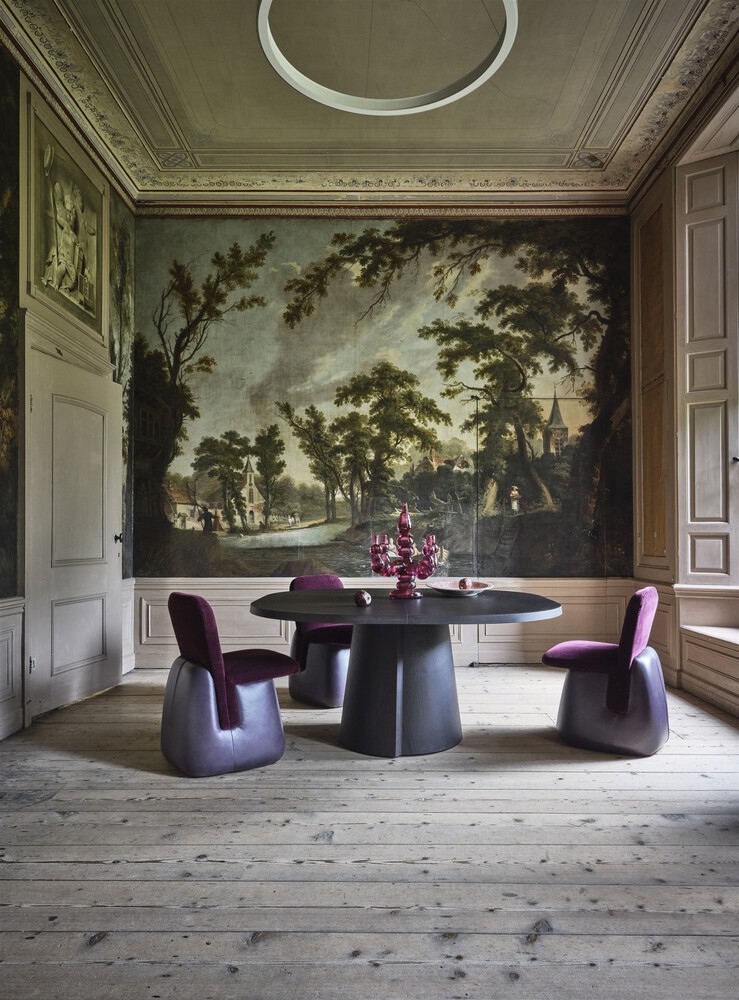The Evolution of Curved Design in Interior Furniture: Exploring the Benefits of Roundness
Curved design has a timeless appeal that has captivated designers throughout history, transcending mere functionality and aesthetics in interior furnishings. Incorporating curves adds captivating visual appeal, infusing spaces with intrigue and a sense of harmonious flow. Furthermore, curved furniture has the ability to transform the spatial dynamics of an environment, introducing fluidity and softness into a world often dominated by rigid, linear forms. While curves are sometimes associated with an old-fashioned look, contemporary curvilinear furniture presents a fresh and modern approach, combining elements of softness, comfort, and simplicity.
This particular type of design has been adopted by various practitioners and movements. From the organic modernism of Alvar Aalto to the iconic creations of Charles and Ray Eames and Eero Saarinen, curved furniture has left a lasting legacy in the world of design. In addition to individual designers, certain design movements have also embraced curved forms. The Art Nouveau movement of the late 19th and early 20th centuries, for example, celebrated organic, flowing lines in both architecture and furniture design. The works of renowned architect and designer Antoni Gaudí exemplify this style, with his use of curved lines and organic motifs in structures.


 Picture: Cortesia de LINTELOO
Picture: Cortesia de LINTELOO
Comments :